ARS ELECTRONICA ARCHIVE - ART & SCIENCE
Das "European Digital Art and Science Network" basiert auf einem großen vielseitigen Netzwerk. Teil dieses Netzwerkes waren wissenschaftliche Forschungsinstitutionen (CERN, ESA, ESO, Fraunhofer MELVIS), das Ars Electronica Futurelab sowie die Projektpartner Center for the promotion of science (RS), DIG Gallery (SK), Zaragoza City of Knowledge Foundation (ES), Kapelica Gallery / Kersnikova (SI), GV Art (UK), Laboral (ES) und Science Gallery (IE). Von der EU gefördert lief das Projekt von 2014 – 2017.
Das Online Archiv der Ars Electronica bietet einen Überblick über die einzelnen Aktivitäten des Netzwerks und liefert zudem Informationen zum Netzwerk an sich, zu den Residency Künstlern und zu den beteiligten Projektpartnern und der Jury.
SYMPOSIUM III: ART AND SCIENCE AT WORK, organized by Ars Electronica
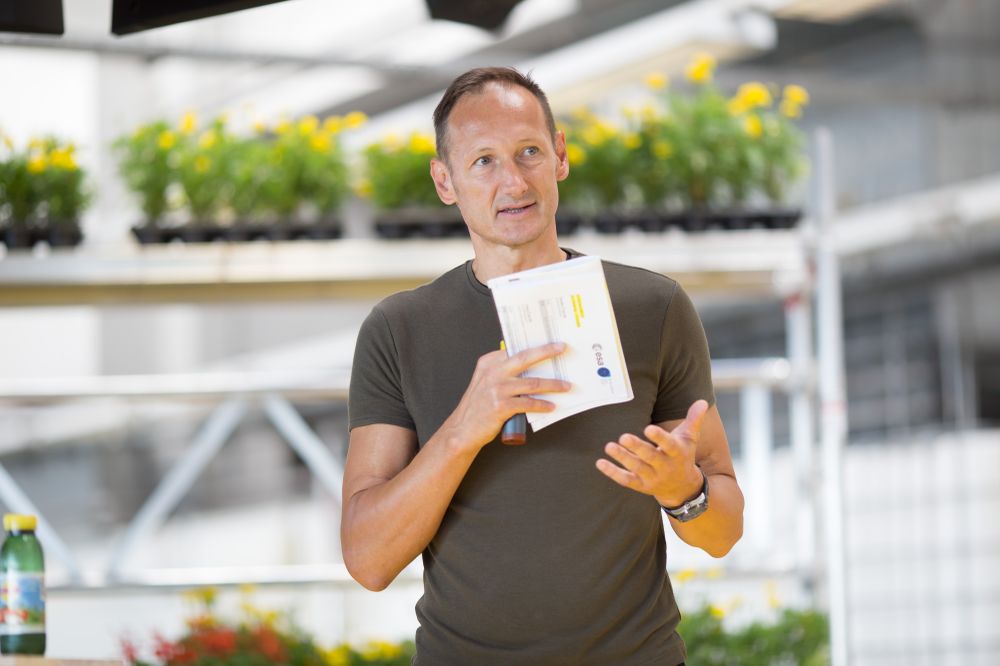

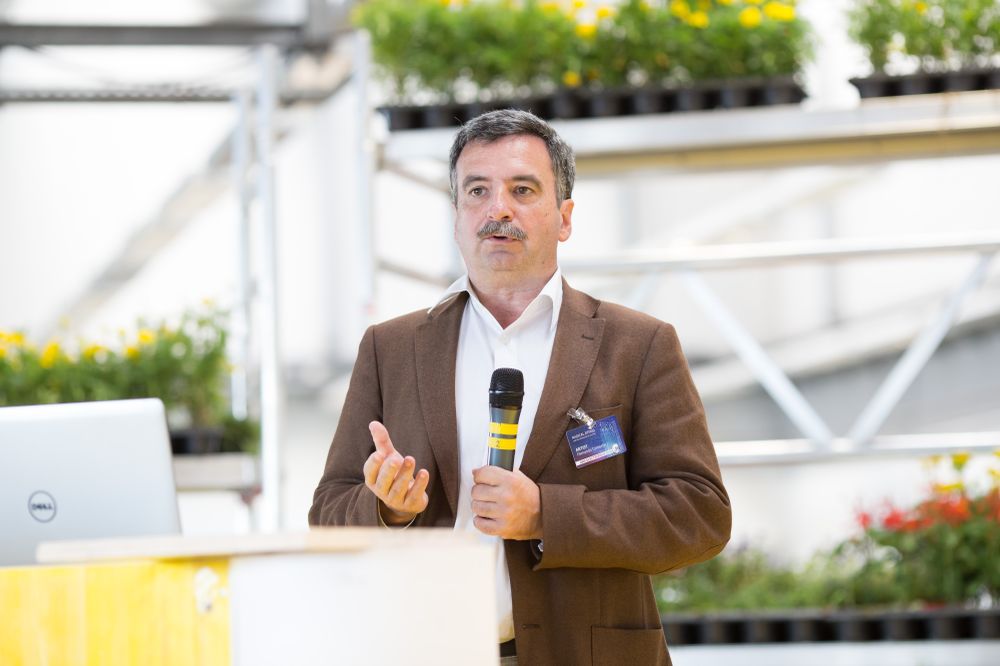
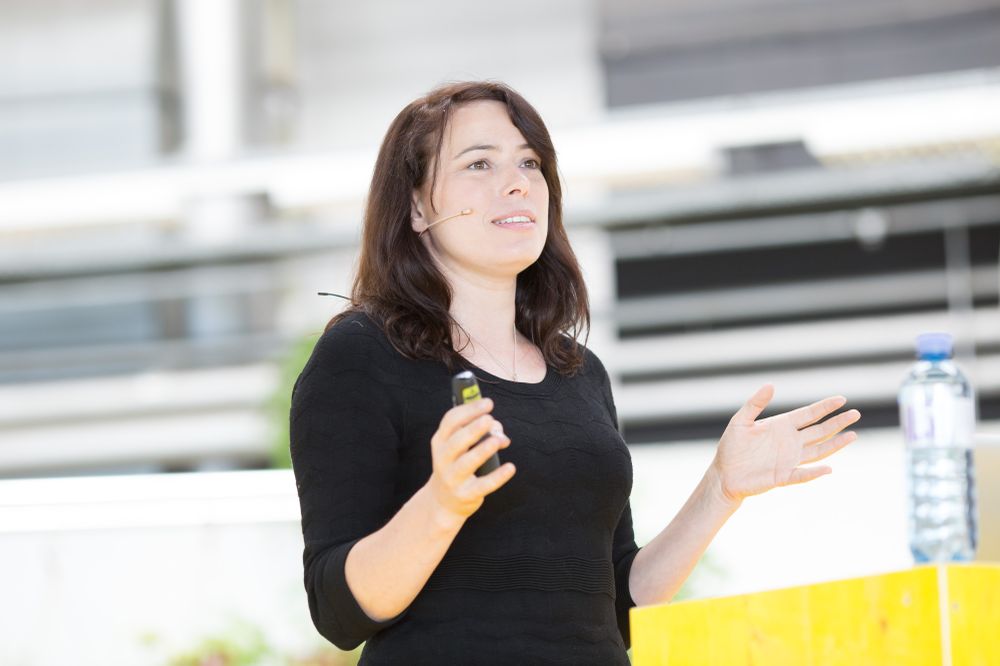
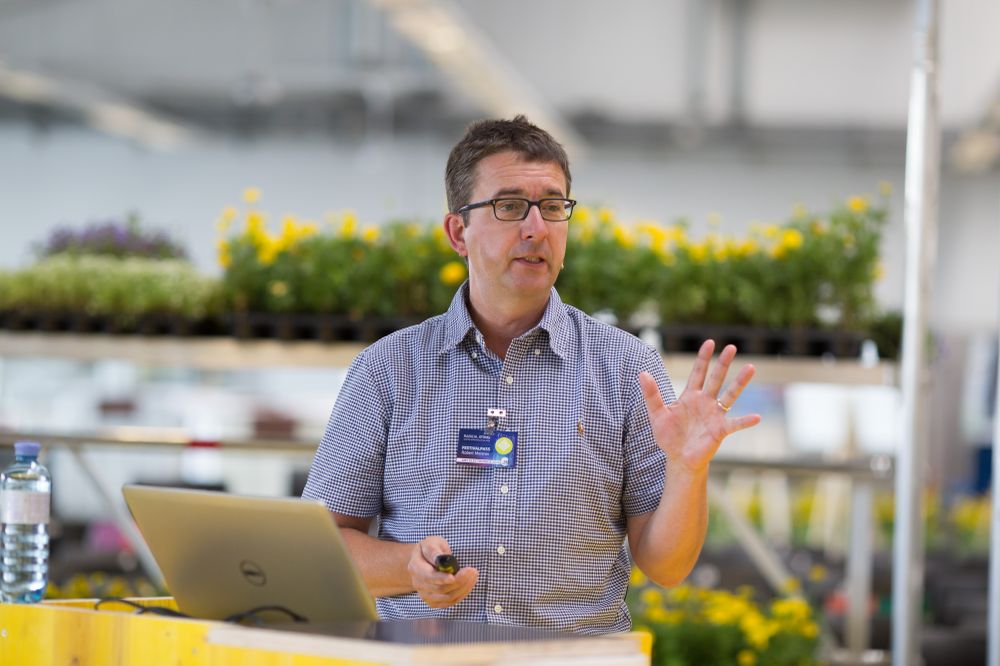
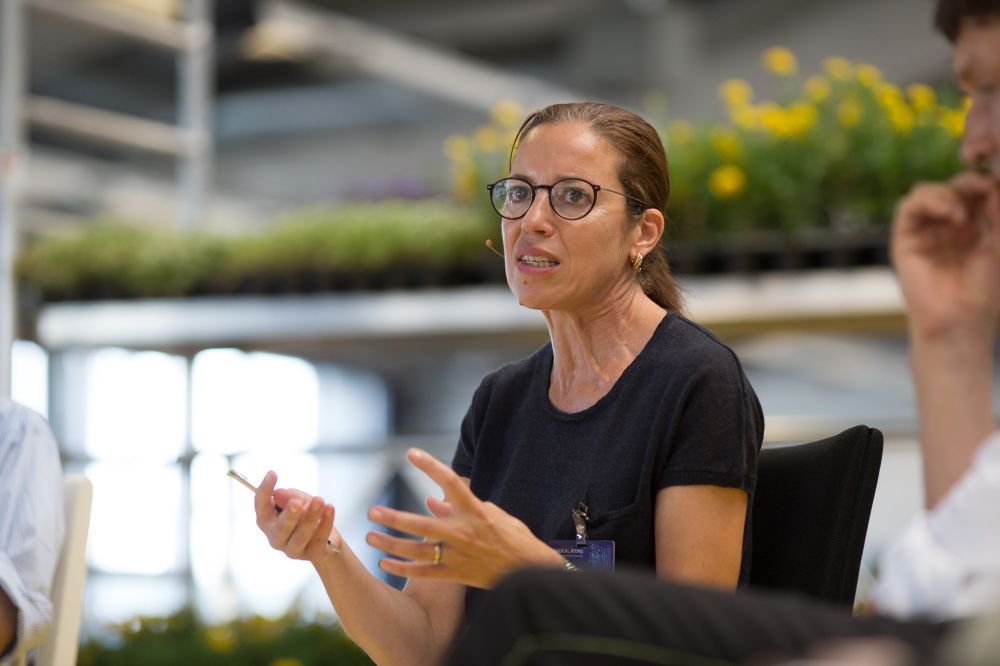

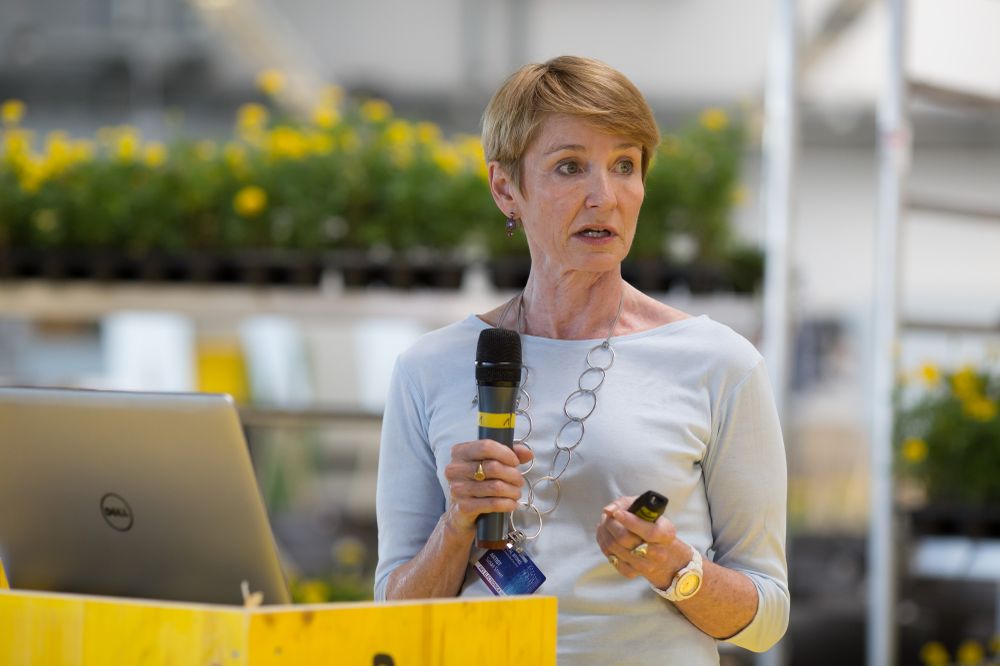
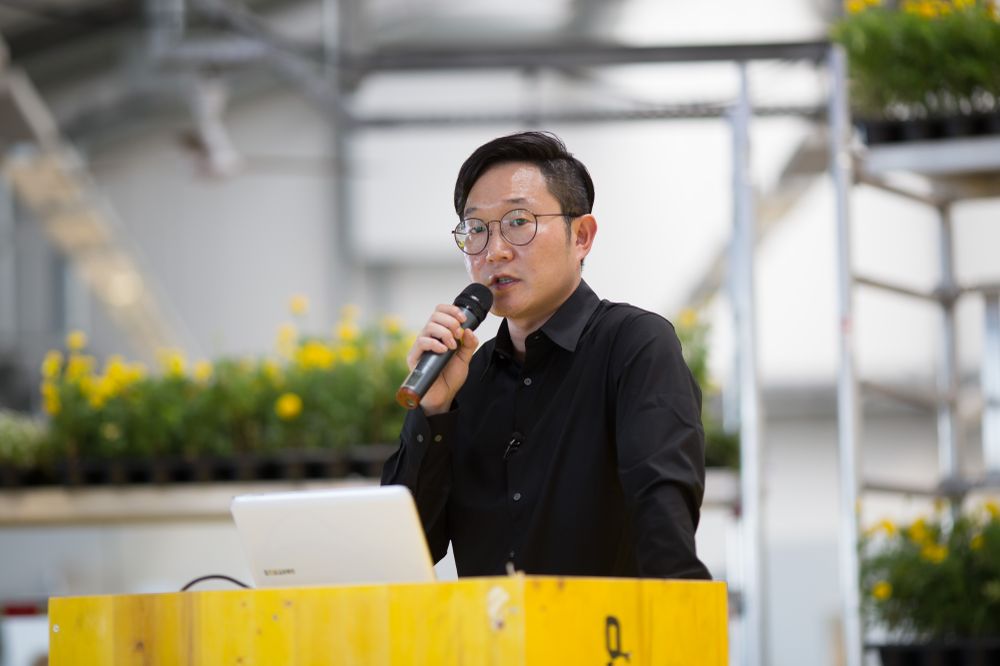
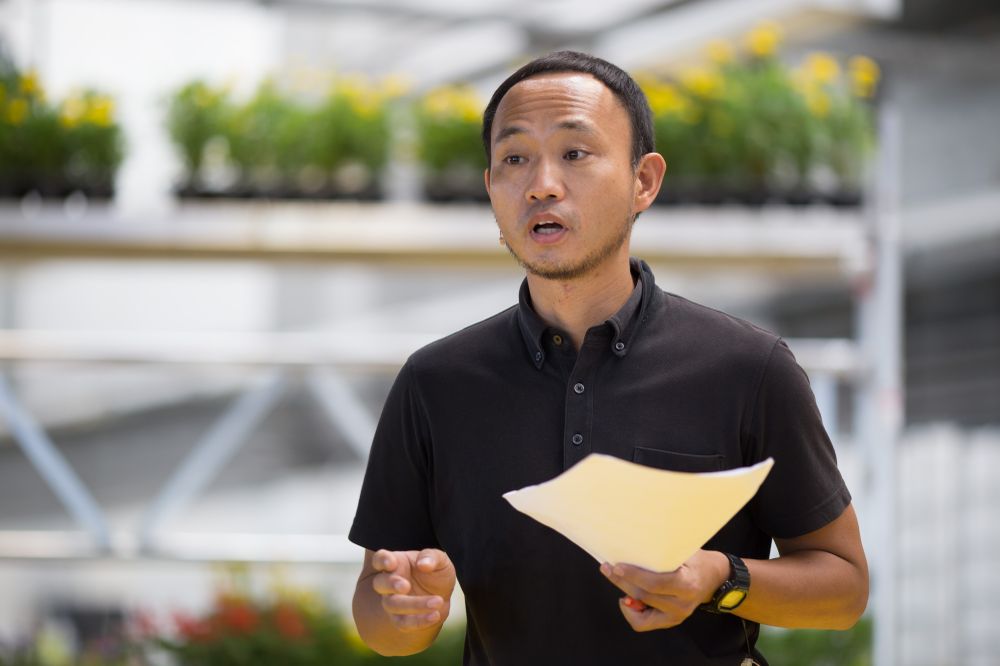
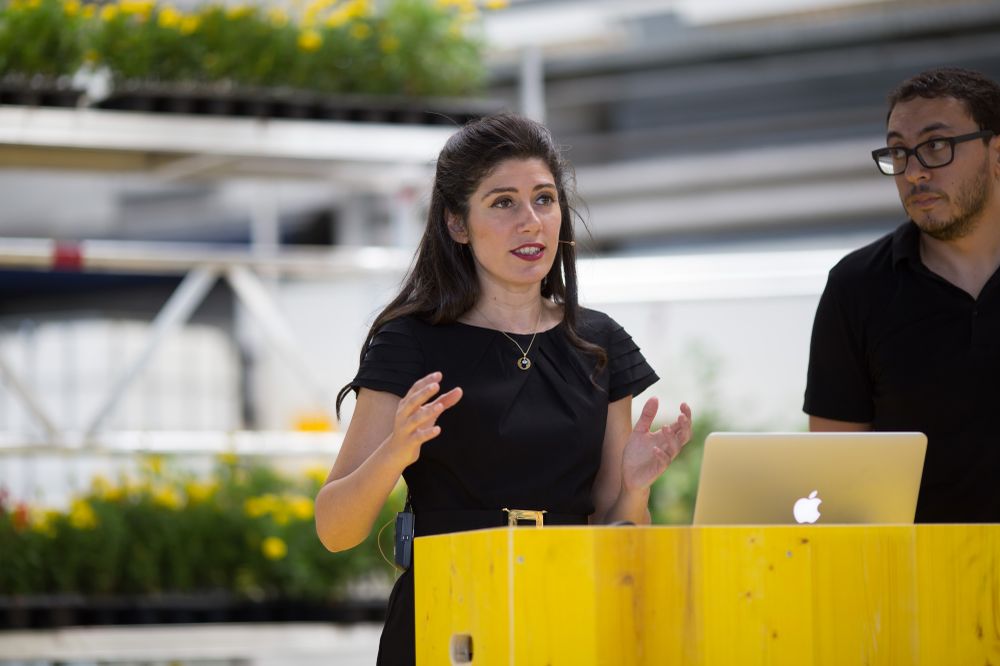
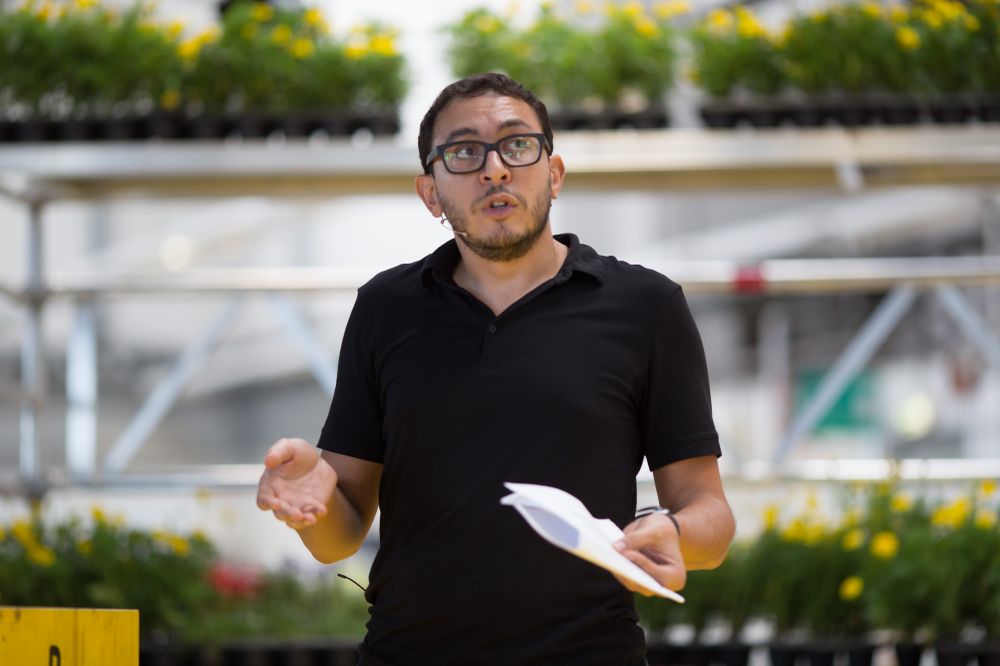
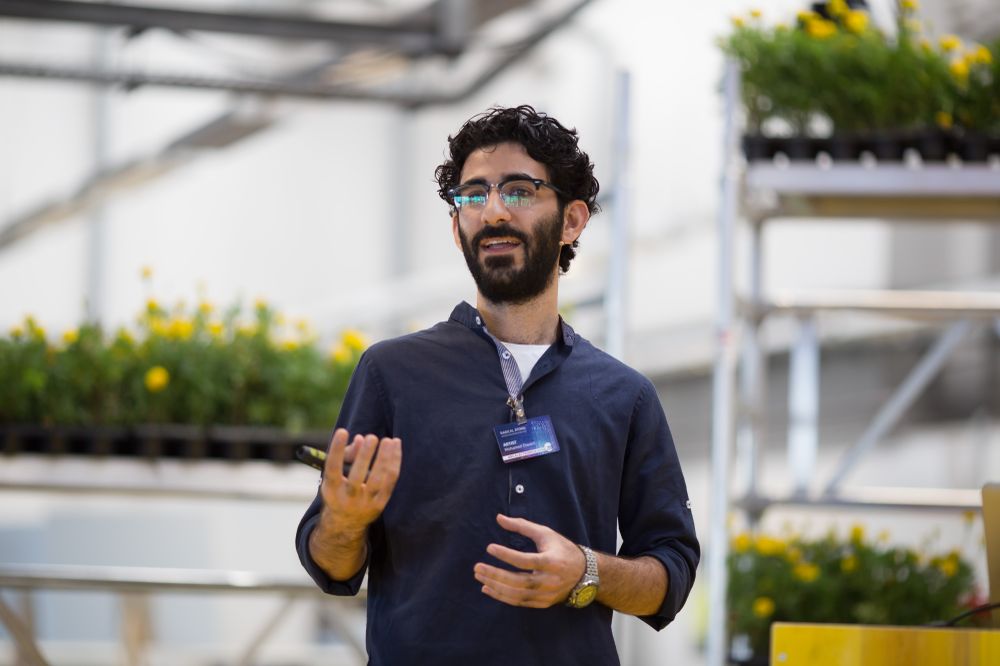
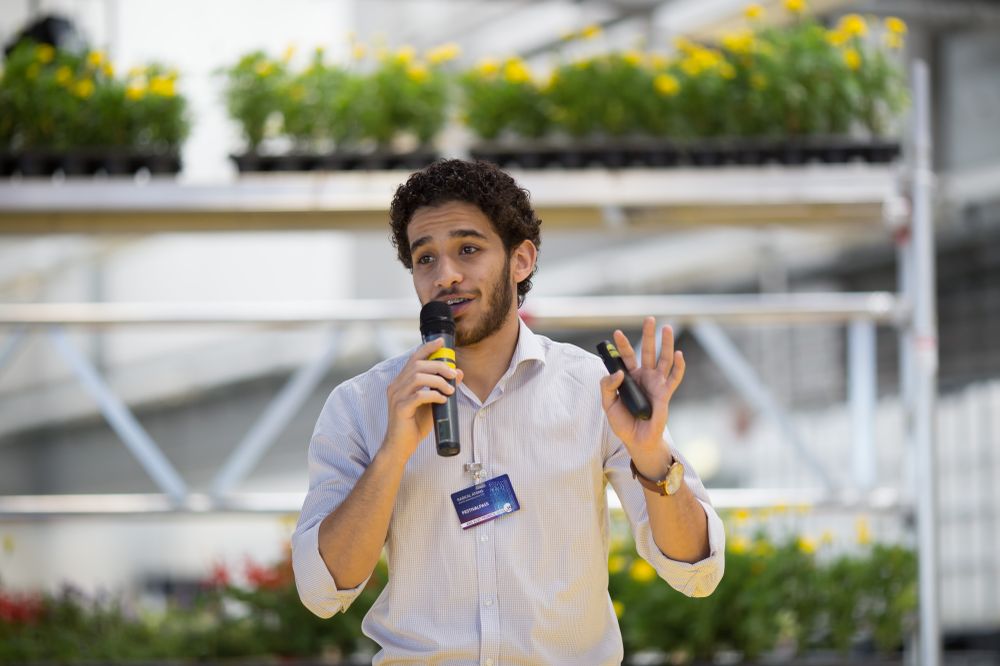
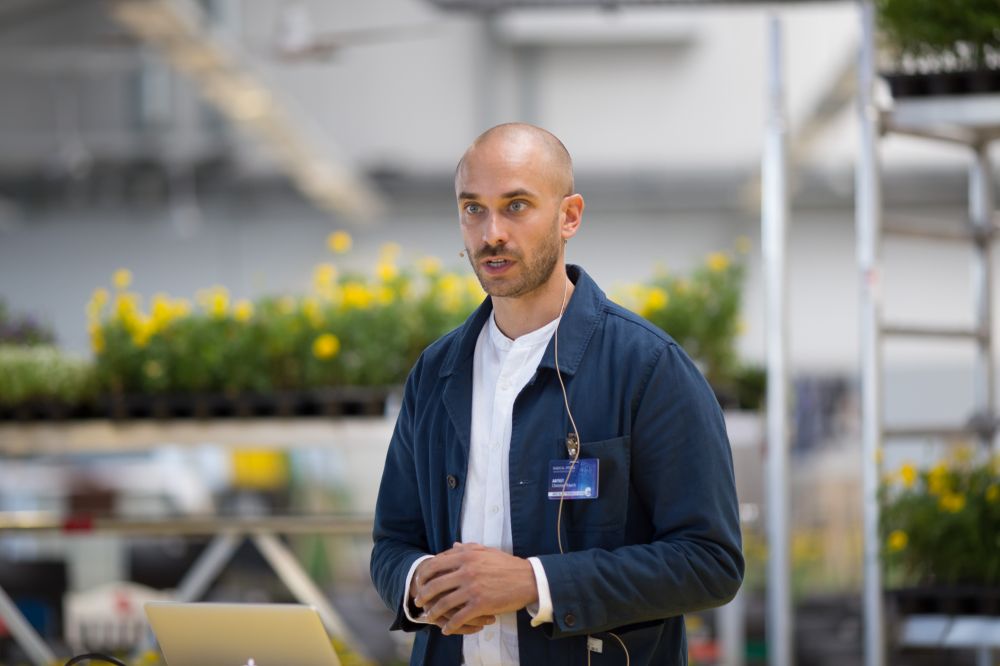
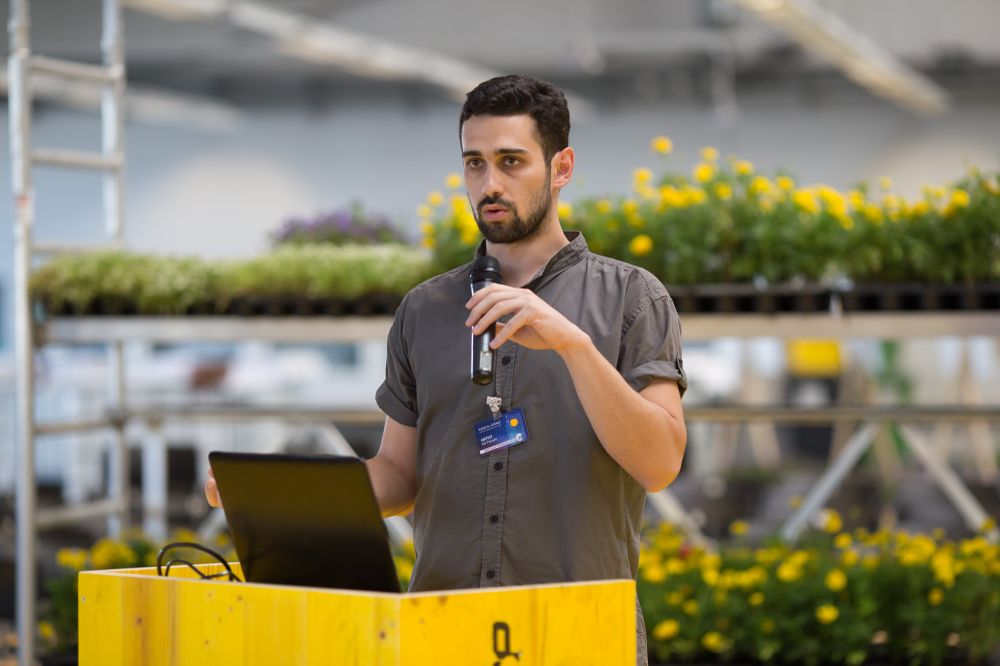
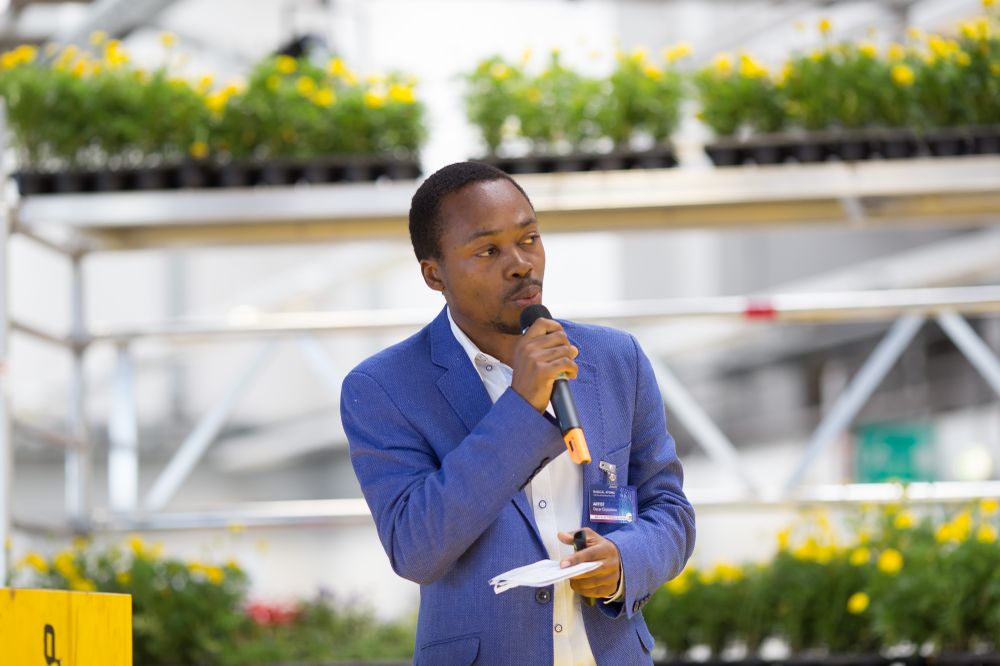
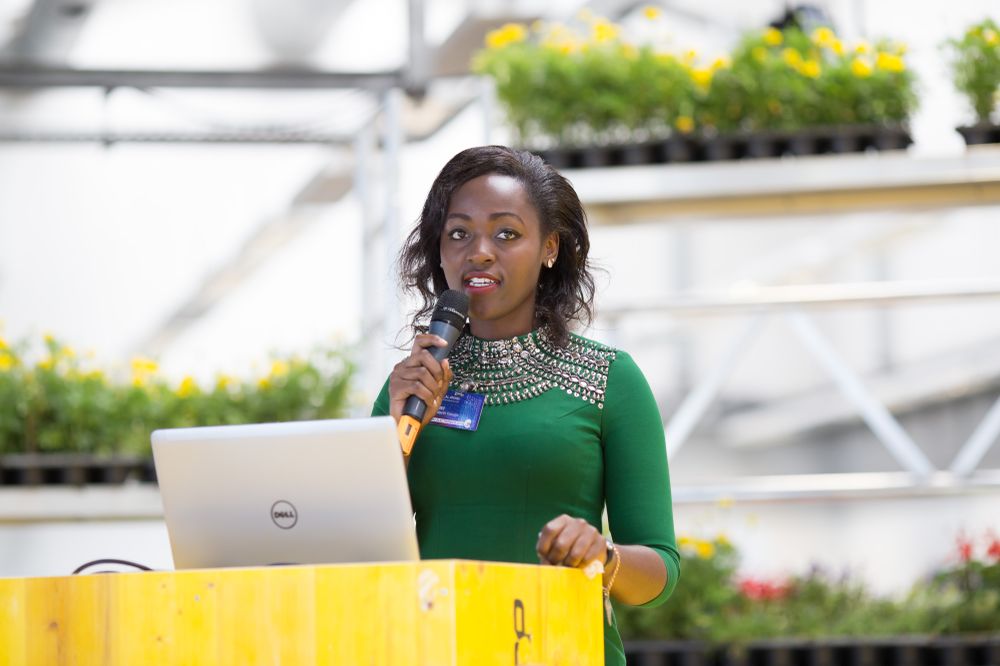
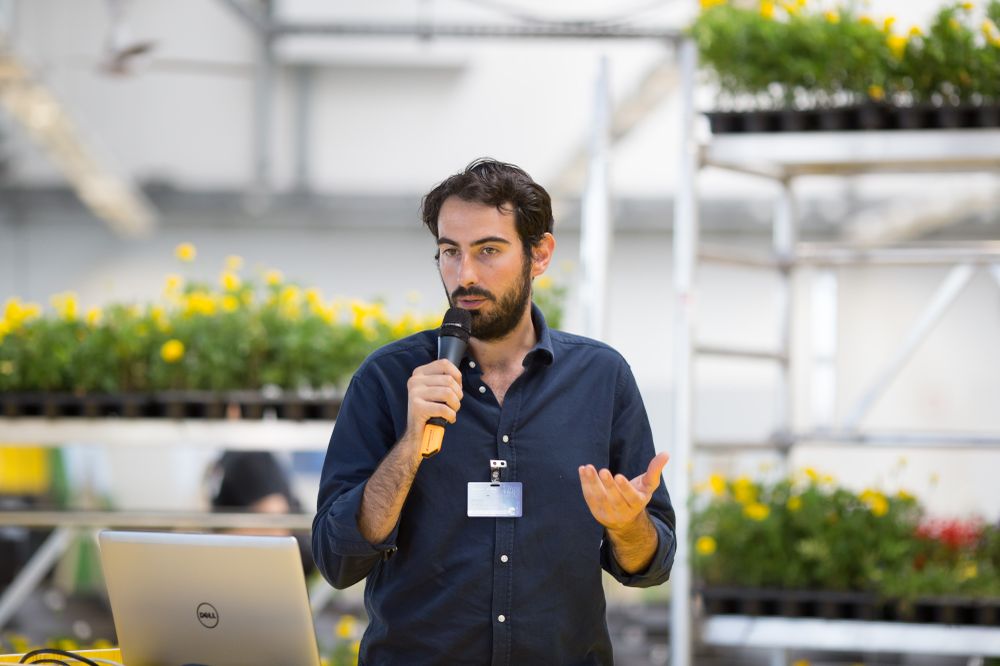
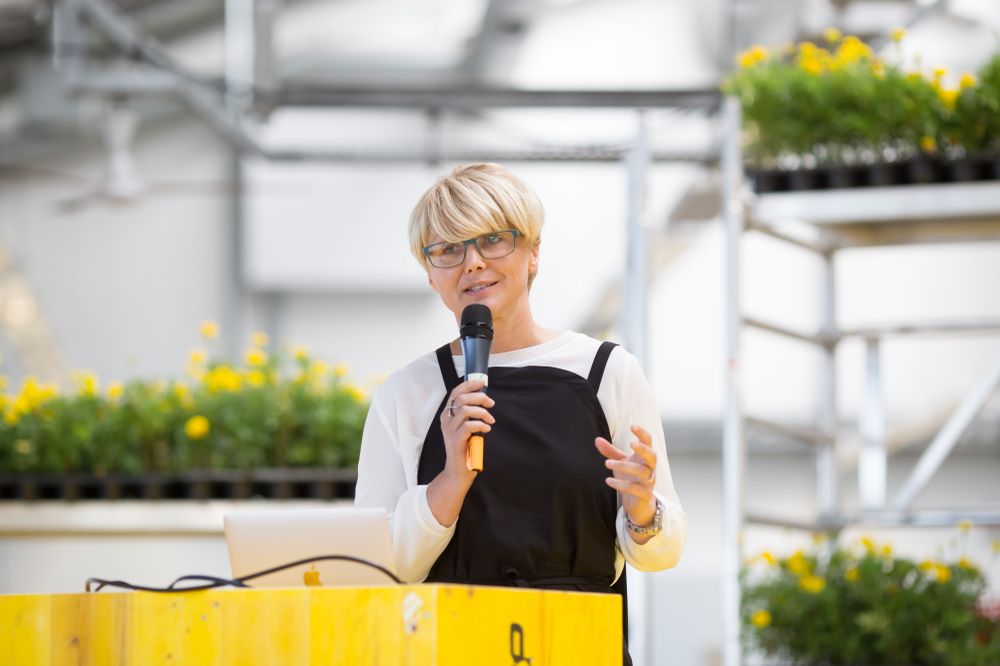
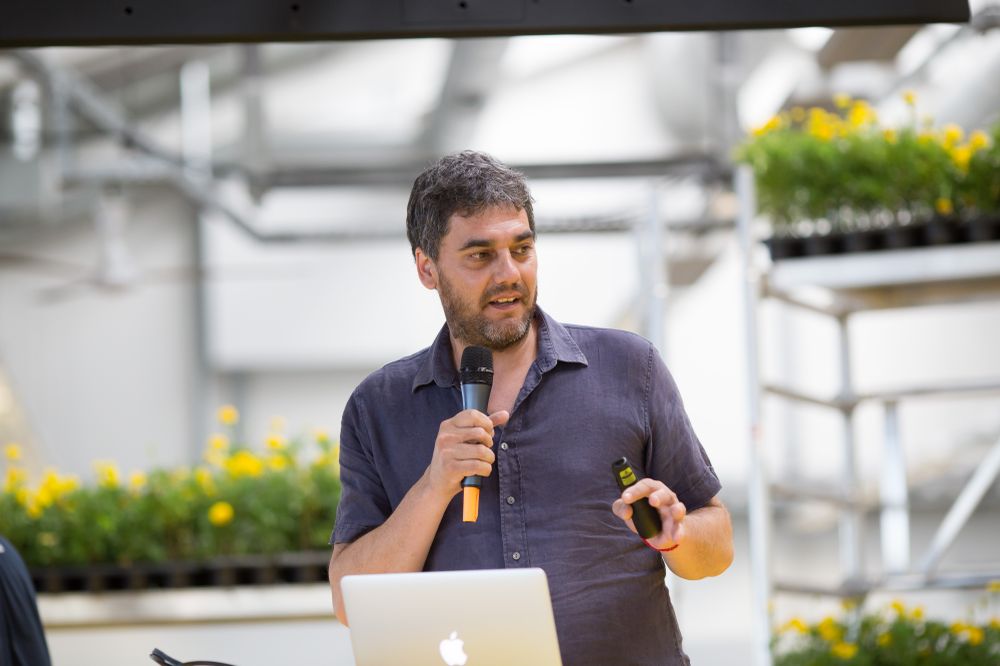
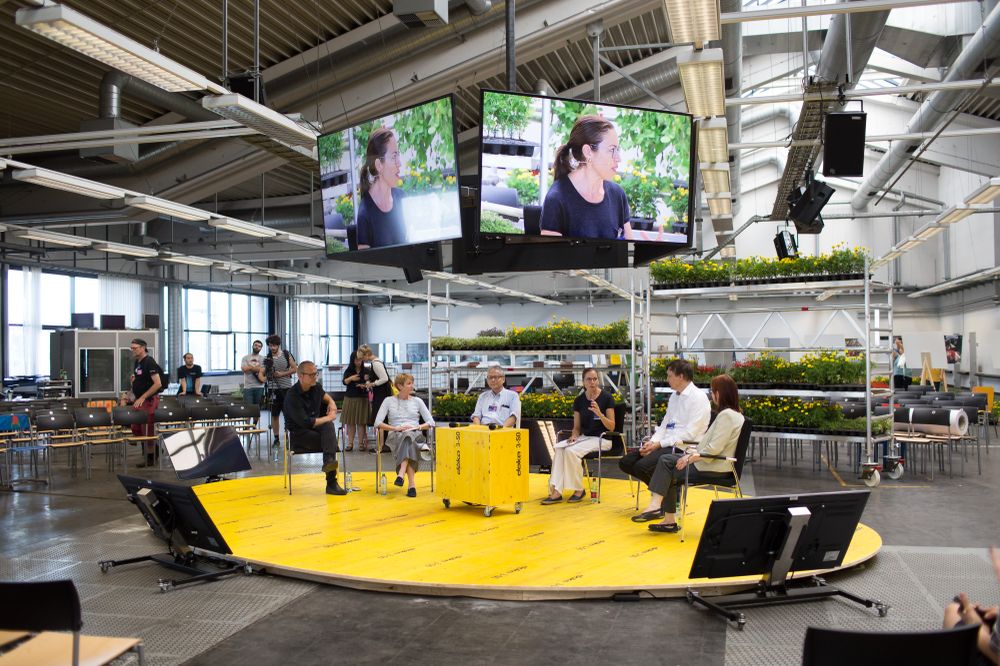
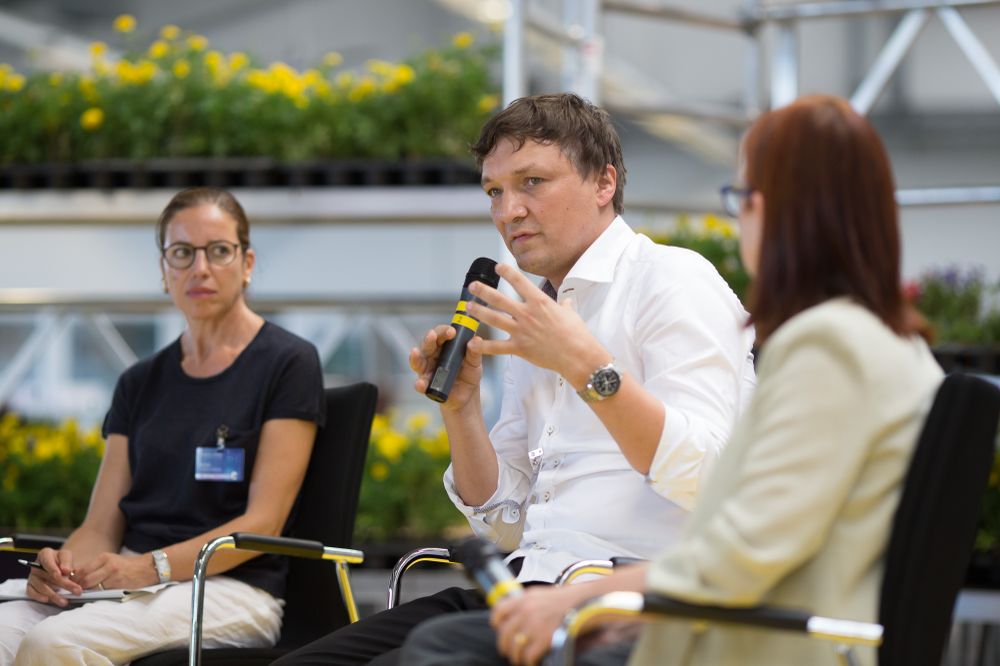
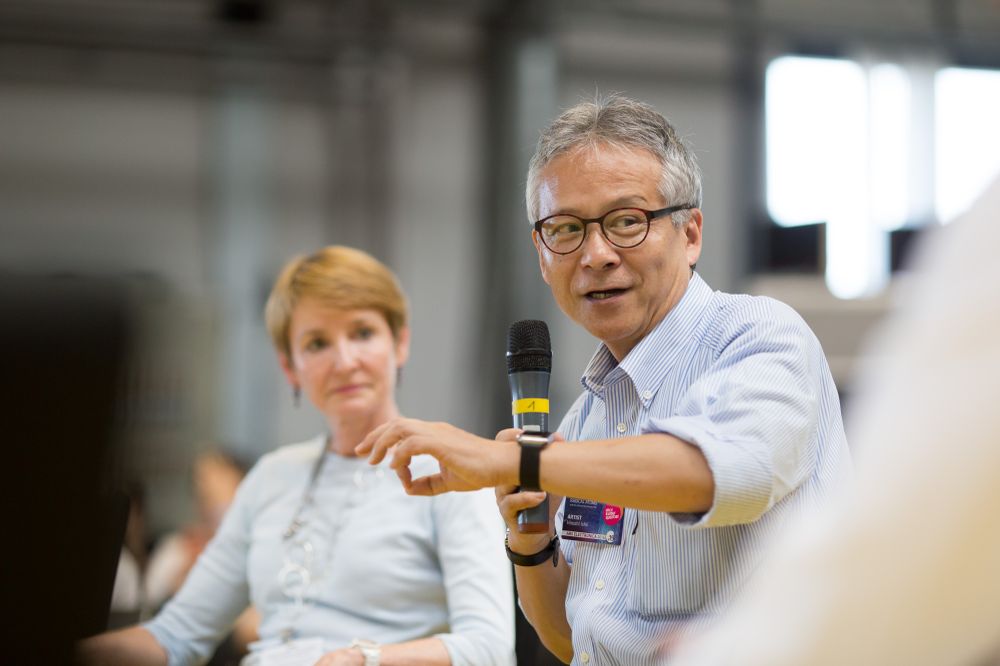
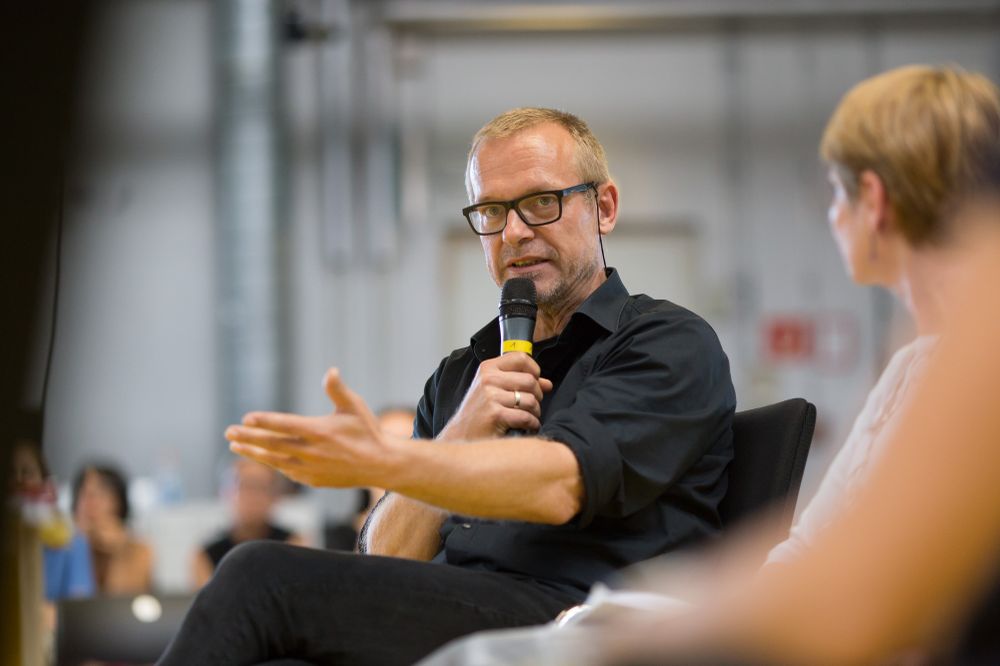
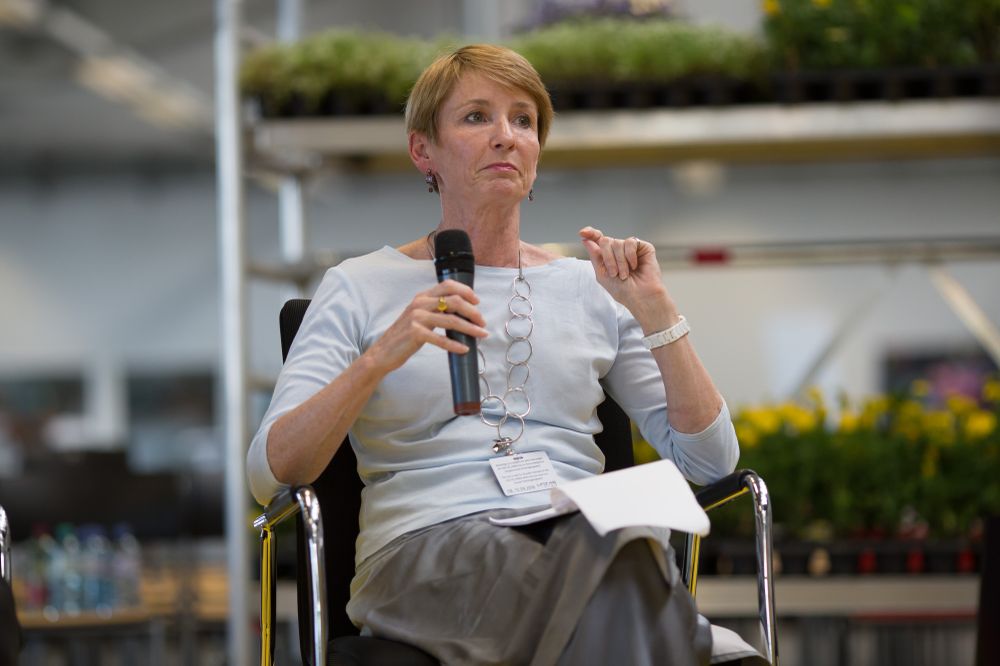
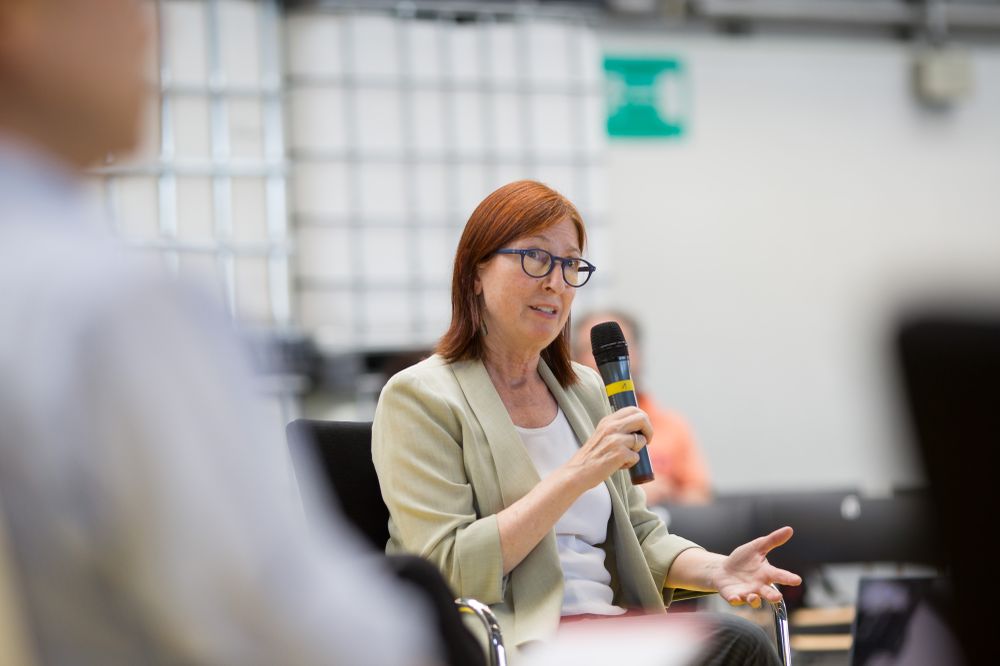
Heutzutage ist “Lab” ein modischer aber auch inflationärer Begriff, der in fast jedem Kontext, der experimentell sein will, aufgegriffen wird. So gibt es Fashion Labs, Food Labs, Beauty Labs und Inspiration Labs. Und im Zeitalter der allgegenwärtigen Technologie gibt es Pop-up-Labors in Küchen, Wohnzimmern und Garagen aller Art. Die TeilnehmerInnen des dritten Symposienteils widmen sich der Zukunft des Konzepts “Labor” in Wissenschaft, Kunst und deren interdisziplinären Schnittmengen.
Ghalia Elsrakbi (NL/SY) und Haytham Nawar (EG) sprechen über Kunst als Brückenschlag zwischen Publikum und Fachleuten, während Mohamed Hossam (EG) und Omar El-Safty (EG) über ihre Erfahrungen mit der Maker-Community in Ägypten berichten. Christian Rauch (DE) spricht über die Herausforderung, ein Festival so zu kuratieren, dass es zu einem offenen Treffpunkt für Wissenschaft und Öffentlichkeit wird. In ähnlicher Weise gehen Ali Panahi (IR) und Ehsan Rasoulof (IR) auf die Entstehung von Kooperationen zwischen künstlerischen und wissenschaftlichen Strömungen in Teheran ein. Danach diskutieren Oscar Ekponimo (NG) und Elizabeth Kasujja (UG)über Digital Communities. Valentino Catricalà (IT) wird einen Einblick in das Innovationspotential von Bildung innerhalb der Medienkunst geben, während Michela Magas (UK/SE/HR ) und Mariano Sardón (AR) über das Labor als Museumsraum sprechen.

